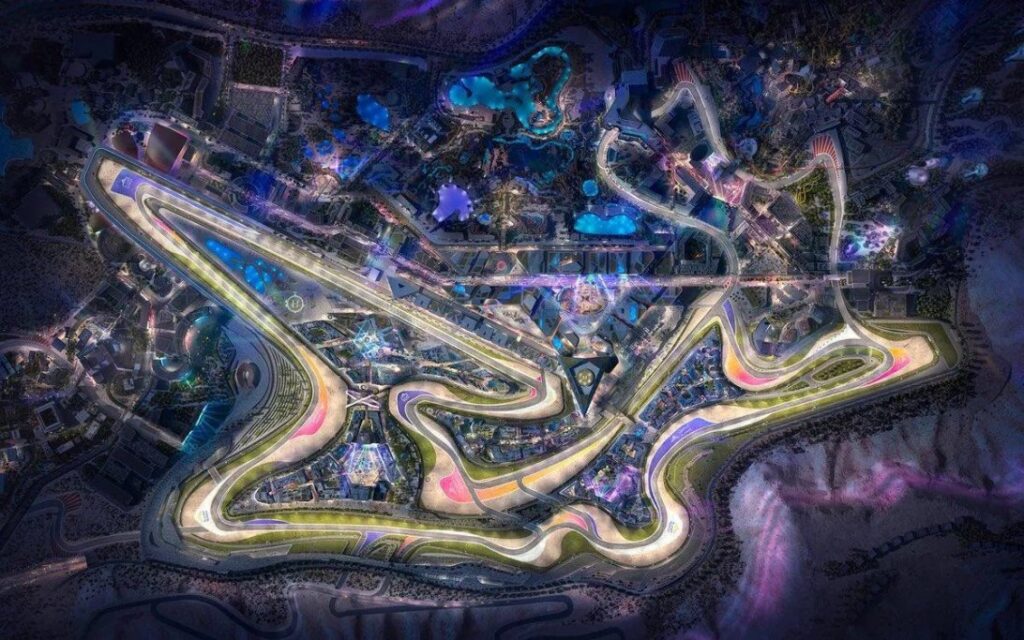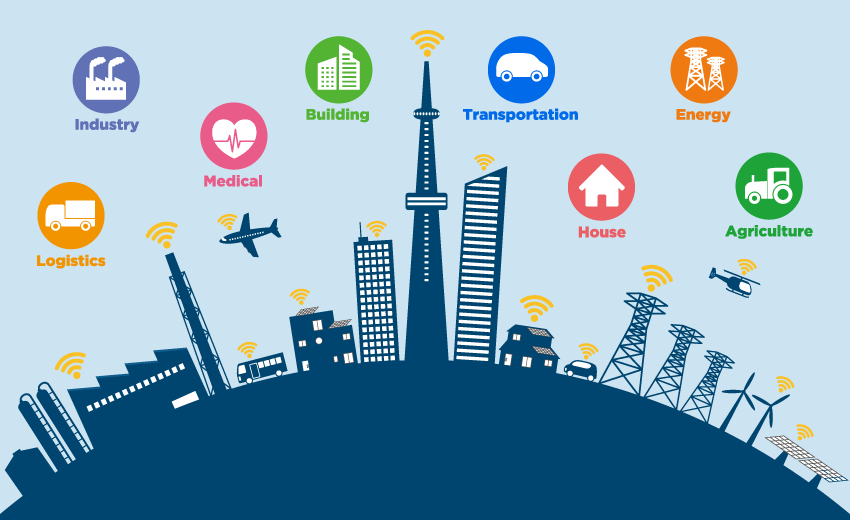Why Climate Resilience Must Be Central to Urban Development
In today’s world, building climate resilient cities is no longer optional—it’s essential. From rising sea levels to heatwaves and water shortages, cities are on the frontlines of climate change. Urban populations are expanding, infrastructure is aging, and the urgency to act is intensifying.
Technology is a powerful ally in this transformation. It enables cities not only to anticipate climate threats but also to respond quickly, minimize impact, and recover sustainably. For countries in the Middle East and beyond, climate resilience must be integrated into every stage of urban planning.
How Smart Technologies Strengthen Climate Resilience
Early Warning and Predictive Systems
Sensor-based networks combined with artificial intelligence (AI) enable real time monitoring of environmental conditions. These systems detect anomalies—such as rising water levels or extreme temperatures—and trigger early alerts for public safety teams and residents. This kind of foresight prevents damage and saves lives.
Data-Driven Water and Energy Management
Water scarcity and energy consumption are two of the region’s most pressing challenges. Smart grids and IoT-enabled monitoring tools allow cities to track usage, detect leaks, and minimize waste. As a result, cities can manage scarce resources more efficiently—even during periods of extreme stress.
Urban Green Infrastructure and Digital Twins
Tech-enabled modeling tools, such as digital twins, assist urban planners simulate scenarios before construction begins. Planners can test how green roofs, permeable pavements, or urban forests influence temperature, flood risk, and air quality. This approach ensures long-term sustainability and cost-effective design.
Key Elements of Climate Resilient Cities
Integrated Infrastructure Planning
Climate resilience begins with smart infrastructure. Roads, bridges, buildings, and public spaces must be designed to handle heat, storms, and stress. By using connected platforms, planners can integrate climate data into every phase of development—from design to maintenance.
Community Engagement and Digital Access
Empowering citizens with real-time data, alerts, and digital services ensures they stay informed and prepared. Mobile apps, digital portals, and AI-powered chatbots enhace communication between governments and residents—especially during climate events.
Collaborative Ecosystems and Innovation Partners
Climate resilience requires collaboration between the public and private sectors. Companies like MTi Arabia play a critical role by providing cutting-edge solutions, connecting city stakeholders, and integrating systems that ensure smart, sustainable urban growth.
Examples of Innovation in Action
Cities like Copenhagen, Singapore, and Dubai are using smart technologies to adapt to environmental pressures. Copenhagen employs cloud-based platforms to monitor flood-prone areas, whileSingapore’s buildings feature automated shading systems to reduce energy consumption. Meanwhile, Dubai has implemented AI for real-time water and energy analytics.
These global examples offer valuable insights for cities in the Middle East—and beyond—looking to adopt similar approaches.
How MTi Arabia Supports Climate Resilient Cities
At MTi Arabia, we collaborate closely with urban leaders, developers, and governments to design and implement climate-conscious technology ecosystems. From scalable sensor networks to citizen platforms, we provide tools that help cities adapt, act, and thrive in the face of climate uncertainty.
Our expertise in engineering integration, value ecosystems, and smart city deployment enables long-term, tech-driven solutions that address both environmental and operational needs.
Planning for Tomorrow, Starting Today
Building climate resilient cities means planning for a future that is already here. As climate challenges accelerate, technology must lead the way we build, manage, and evolve our urban environments.
Cities that embrace innovation today will be better equipped to protect lives, reduce risk, and support sustainable growth. Together—with collaboration, strategy, and smart tech—we can build cities that not only survive but thrive.Explore how MTi Arabia can help you leverage these trends to revolutionize your city. Contact us here.



